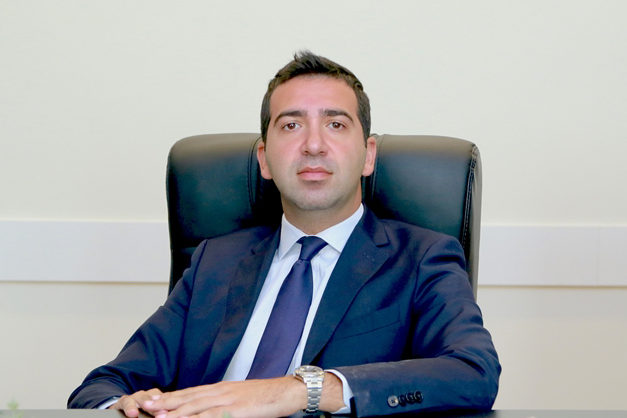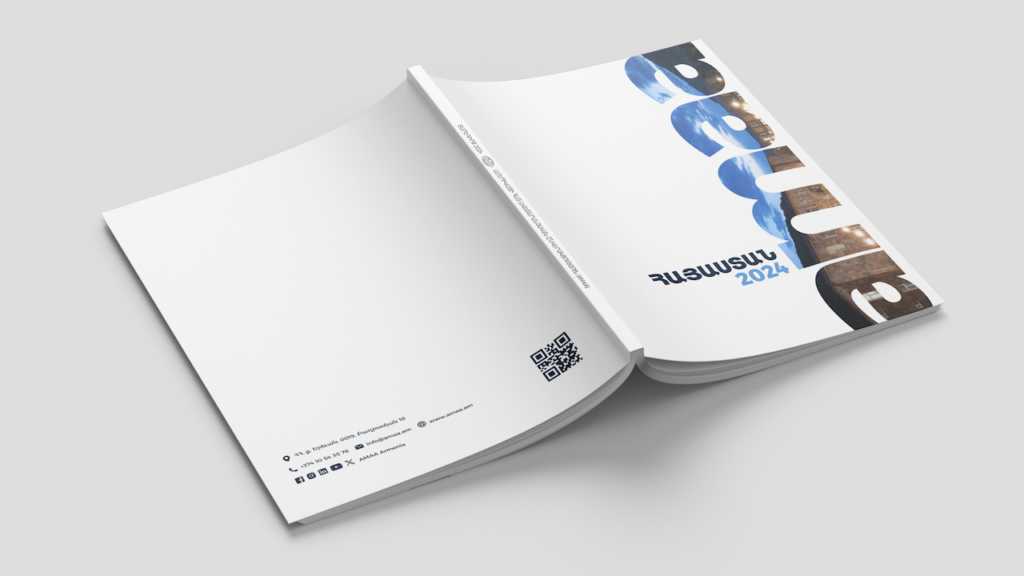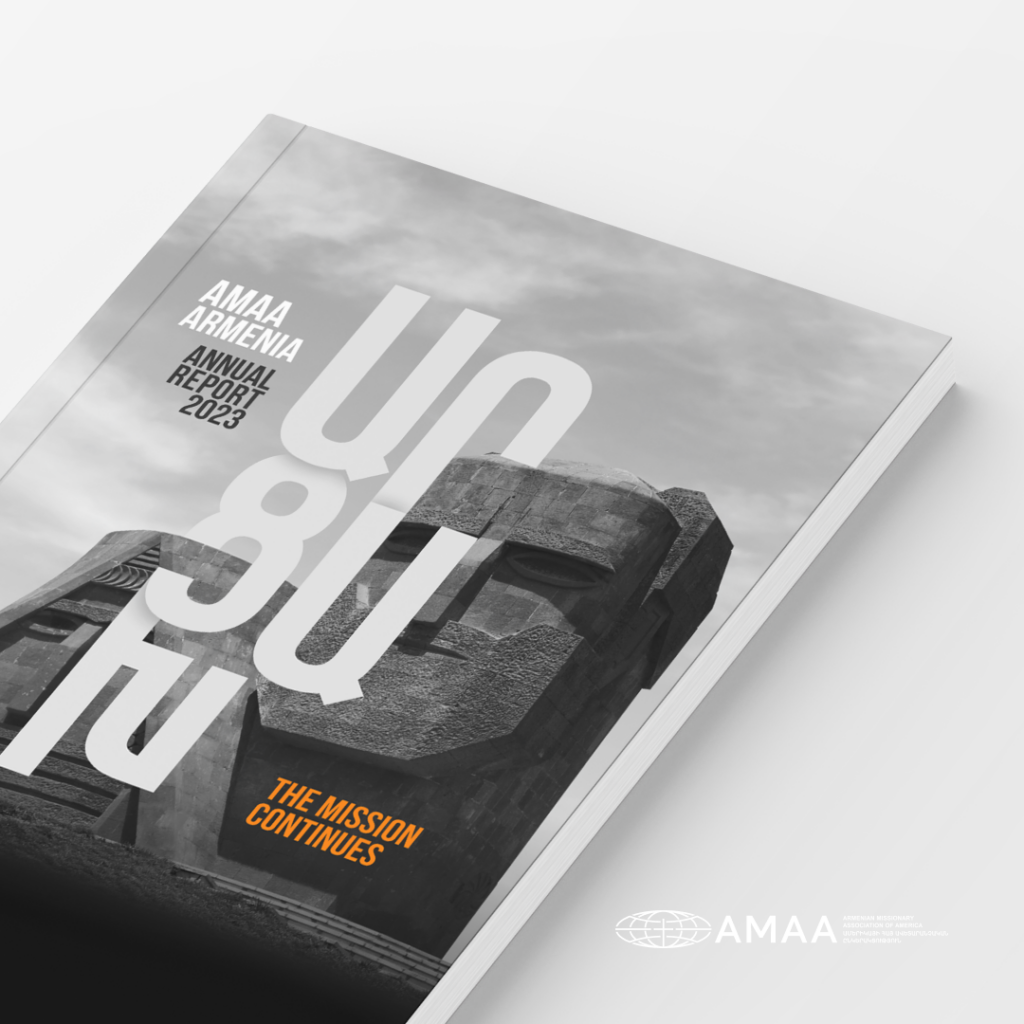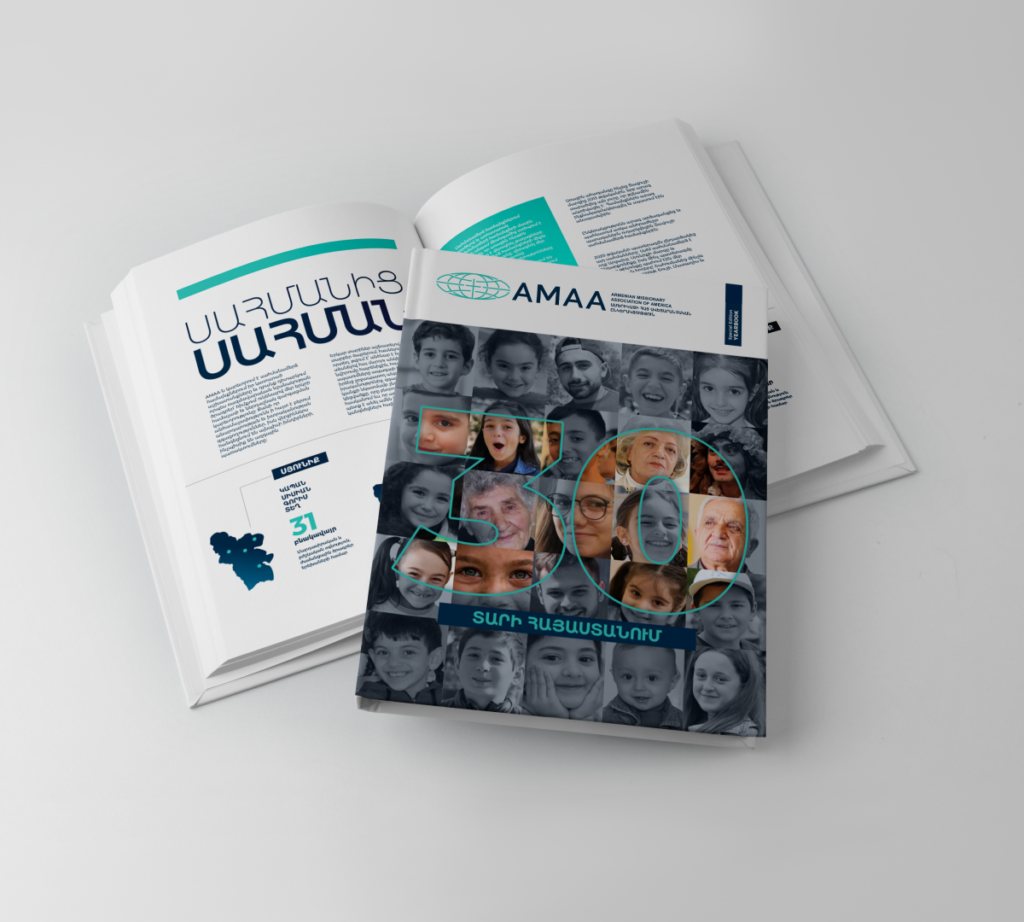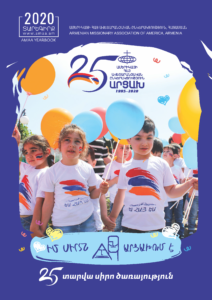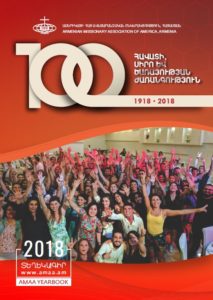Aren Deyirmenjian
AMAA Deputy Representative in Armenia
What made it all worthwhile, if it could be reduced to just one moment among so many, was when we made the first trip back after the war had ended and saw the bravery on their faces.
There they were, almost 60 days after it all began. So much changed in these two months; so had we.
It went on for 44 long days, with the ceasefire agreement bringing more trouble than the much sought-after peace. Evacuees amounting to almost 90,000 (mostly women and children) had been displaced into Armenian lands. Now, when hearing the news, however painful it felt, slowly they started to return; at least those who still could. Others chose to stay, out of fear or uncertainty, or simply because the places they once called home were not there anymore.
Back in Artsakh, three AMAA kindergartens and two educational day-care centers had reopened, some already at 50% capacity. The people who were not there kept calling to make sure their places were kept reserved. Amid the unthinkable despair, there still was an excitement to return. Staff and personnel were back too, remarkably going around their usual business while heavy reconstruction works in the damaged Stepanakert complex continued.
Post-war, the AMAA quickly embarked on its mission to provide not only relief but to help rebuild what was lost. Both action and reaction, instigated by the AMAA Headquarters in Paramus and strategized with the conviction that speed and attention were vital to recovery and resilience, allowed for a prompt difference in the situation on the ground – even though mourning had not ended.
Staying faithful to its years-long strategy, the AMAA kept its immediate focus again on children and their well-being. Projects were drafted in five areas including providing clothing, educational e-learning, home renovations, family provisions and child sponsorship.
Local textile and clothing manufacturers were mobilized to produce 1,000 sets of heavy, durable clothes and shoes for children aged six to twelve: 500 male, 500 female.
In a partnership agreement with Teach for Armenia, a 501(c)3 organization, we sought to provide Artsakh children with the tools to access online education and gain continuity in their studies in a pandemic-struck school year. By the end of January, we will have provided 250 needy children with unique tablets that are equipped with internet SIMs, educational software as well as psychological recovery apps.
Due to the damage to their homes, much of the returned population, now in temporary residences, were left asking where they would live. While some were provided government subsidized apartments, many were not. The need for housing being unimaginably huge and the numbers many, it was up to private organizations to step in. Together with the Ministry of Public Works and in partnership with Mission Possible Nederland, we planned to renovate up to 50 apartments and have their residents return to their habitable homes. Work on the apartments began in mid-January.
Provisions to needy families, something the AMAA has done for a long time, were also extended to families from Artsakh or to families from Armenia who had lost family members in the war. We also promised to expand our Child Sponsorship Program to include more children from Artsakh.
From a total population of 156,000, some 100,000 people are now wedged into the current Artsakh proper. Almost 15,000 of those are children under the age of 12. They had never seen a war with such scale and never expected to either, not even in the 1990s, when their fathers and grandfathers claimed the unexpected and unbelievable victory. The fathers have not left Artsakh since that historic war. This is their land that they keep coming back to. Now the children know that too.
Still, despite the mounting uncertainties that exist now, this remains a huge moment for them and one that they and their own descendants will remember for a long time. The AMAA hopes to alleviate some of the ambiguities, through aid and through projects with long-lasting effects, but everyone must help. The children we raise now will grow up to make wiser, better decisions. The work starts here, now.
While it may have been a minor detail, the way they smiled courageously as we greeted them seemed to say something. And yet this was not just strength and determination: it was about hope too, and the AMAA was there first to capture it and make sure it was cultivated correctly.
We cannot afford to let go, not in these consequential times.
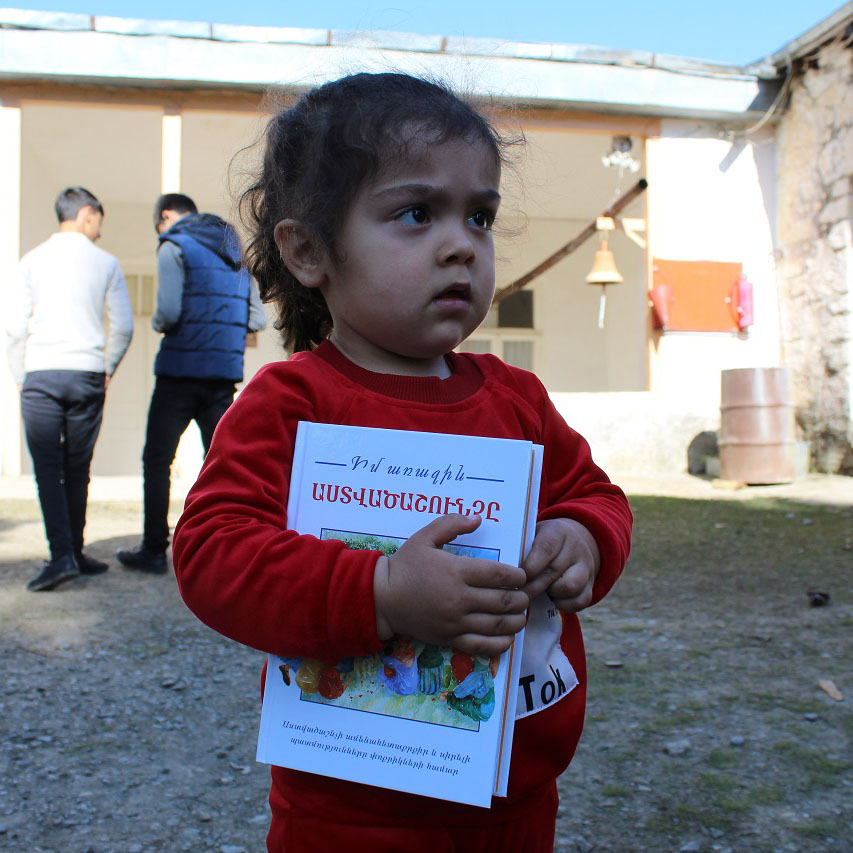
AMAA distributed 1,000 children’s Bibles to youngsters.

A young girl happy with her new set of clothing.

